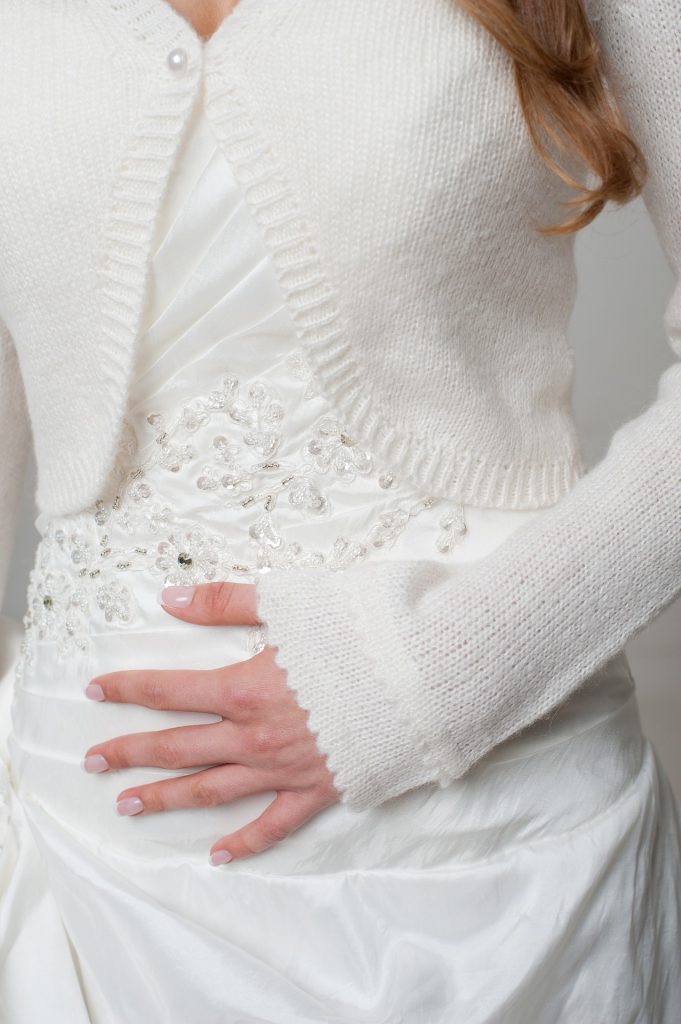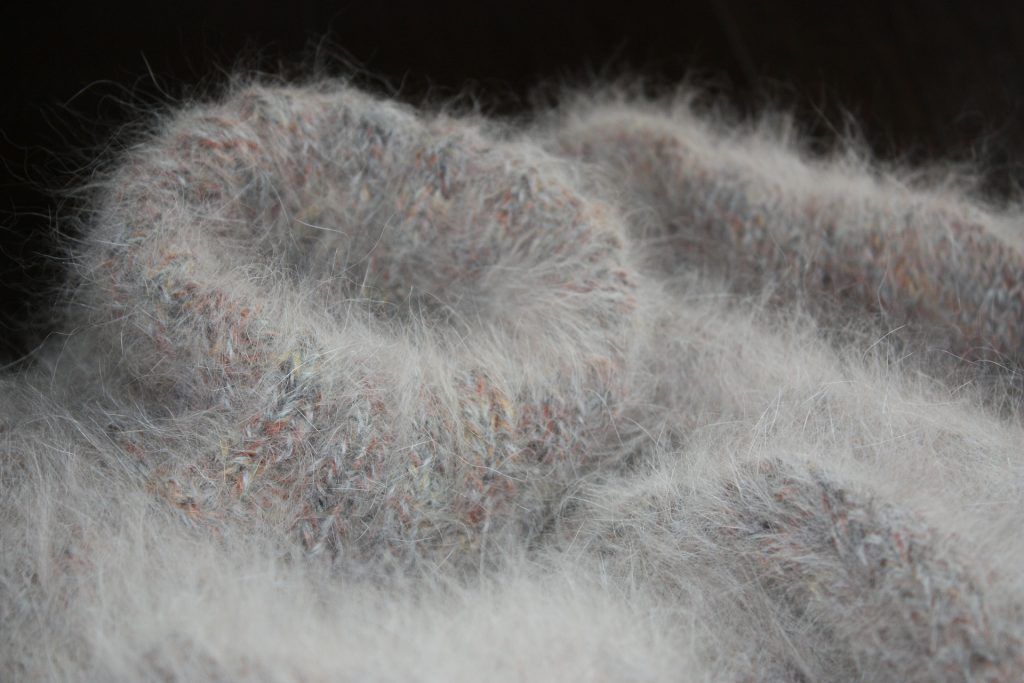Your Guide to Wool Sweaters
Chilly weather? Comfy sweater! Here is your ultimate wool guide to help you choose the perfect sweater for this season.

Cashmere. The word comes from Kashmiri, the tibetan goat. It usually takes four goats to make a single sweater. So, as the more expensive the wool sweater, the longer it lasts!
Cashmere usually gets clean by hand-washing or dry-cleaning. Under no circumstances throw it in your washing machine. The best way is to alternate between those two, but first, you should definitely check the label of the garment to see what the designer recommends. Wool is a really ‘needy’ material, so treat it careful!

Tip: To avoid lumps in your cashmere sweater, try searching for one with a little nylon in it.
Angora. It comes from the white Angora rabbit, and it is often combined with wool. This type of wool is extra soft and flecked with short hairs, making it very comfy for a chilly evening out.

Merino. It comes from a sheep bred in Australia and New Zealand. It’s a very soft wool with a smooth surface. It’s one of my favorites! I tend to wear it in winter as an ‘’office sweater weather’’ look.
Mohair. It relates with the Angora wool because it also comes from the Angora goat. However, it can grow as long as 10 inches. It has a very shaggy look, but stylish.
Tip: Moths can be a real enemy to your sweaters. To prevent them from entering your wardrobe, invest in a really good moth repellent like moth sachets. It’ s also easy to make your own.
Just fill up a fabric pouch with some moth repelling herbs like lavender, mint, cloves, thyme and then make a bundle out of the pouch. You can hang the pouch in your wardrobe and let it guard your precious sweaters!